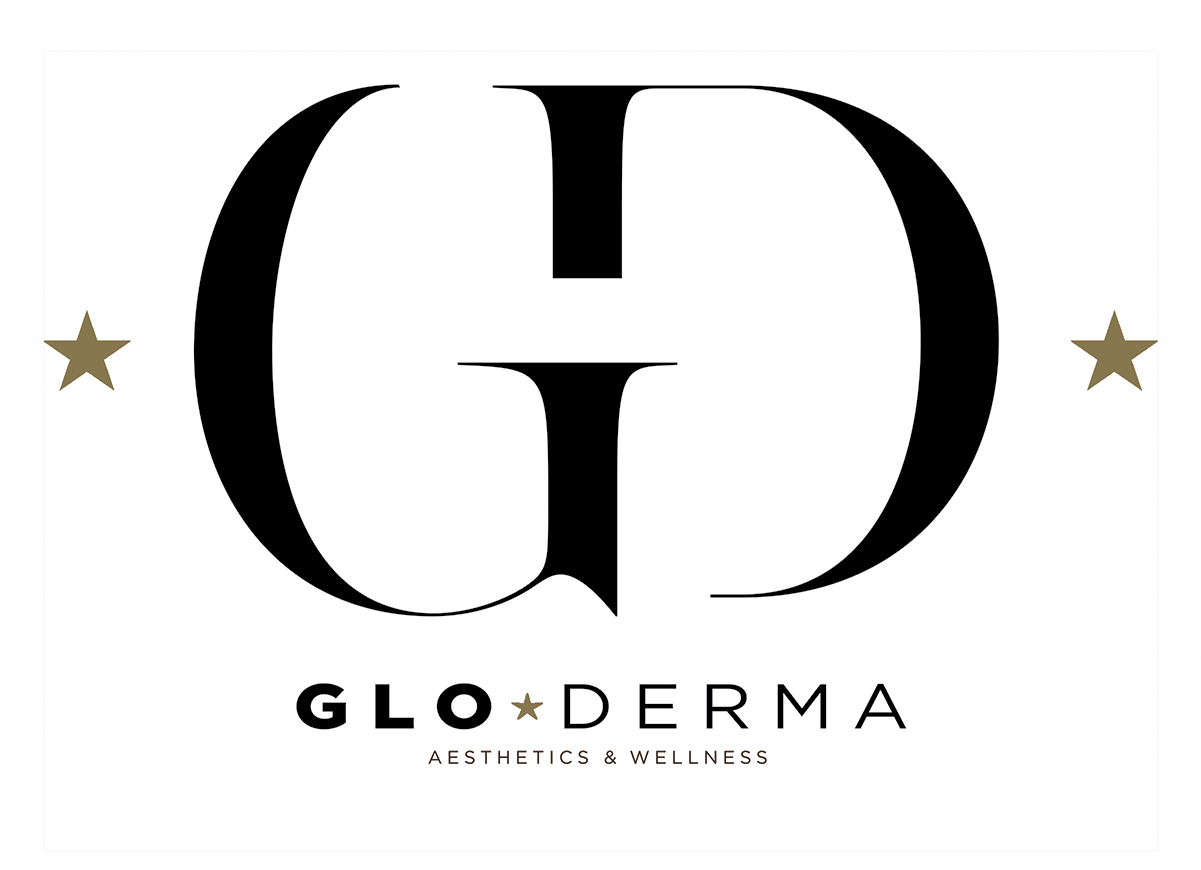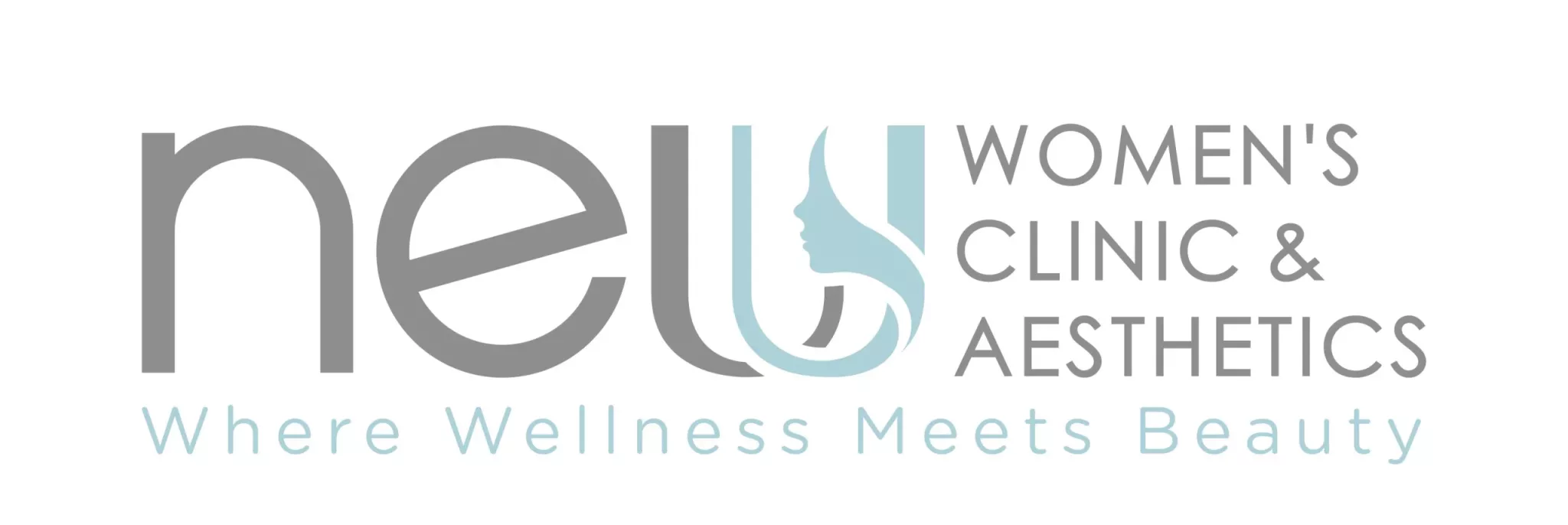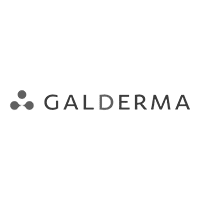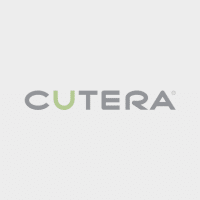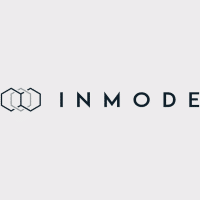
The healthcare industry cannot afford to lag in an age dominated by technology. As today’s patients, empowered by digital advancements, expect timely, personalized, and efficient care, ophthalmology practices must keep up with this demand. These clinics, dealing with the intricate world of eye care, need more than just medical acumen; they require robust tools to ensure patient satisfaction, engagement, and loyalty.
As we explore Customer Relationship Management (CRM) systems, we’ll realize that they are not just software; they are dynamic platforms that bridge the gap between patients and providers, ensuring that both have a seamless, beneficial interaction. A CRM is crucial, especially for specialized practices like ophthalmology, which often involve multiple visits, treatments, and long-term care. It ensures that every touchpoint, scheduling, treatment tracking, billing, or feedback is handled precisely.
However, choosing the right CRM that aligns with an ophthalmology practice’s unique needs takes a lot of work. It requires a deep understanding of the tech landscape and the intricate demands of eye care. This article aims to guide practitioners through the maze of CRM selection, emphasizing features, integrations, and considerations most pertinent to ophthalmology practices.
Understanding the Need for a CRM in Ophthalmology
In today’s tech-savvy world, the role of a CRM system in an ophthalmology practice goes beyond mere administrative aid. For an ophthalmologist, this tool serves as an extension of their patient care approach. From when patients make their first call to post-treatment follow-ups, a CRM tracks every touchpoint, ensuring that communication gaps are minimized and patient care remains consistent and top-notch. But the advantages don’t stop at interactions alone. With a CRM, all essential data, appointment schedules, treatment histories, or billing details are centralized in one platform. This simplifies data retrieval and enhances analysis, enabling more personalized patient care.
Moreover, in the competitive world of healthcare, where patient retention and outreach are critical, ophthalmology practices can leverage CRMs for targeted marketing campaigns. Through segmenting their patient base, tracking marketing return on investment, and tailoring communication based on individual patient histories, CRMs empower practices to foster stronger patient relationships and ensure sustained growth.
Key Features to Consider
1. User-Friendly Interface: Medical staff should not spend excessive time figuring out how to navigate the system. An intuitive interface enhances productivity.
2. Integration Capabilities: The CRM should integrate seamlessly with your Electronic Health Records (EHR) system, accounting software, and other necessary platforms.
3. Customizability: Given that medical practices have varying requirements, the CRM should allow customization to suit specific needs.
4. Security: Patient data is sensitive. Ensure the CRM complies with healthcare data protection regulations and has robust security measures.
5. Mobility: A mobile-friendly CRM allows doctors and staff to access patient data on the go, facilitating remote consultations and out-of-office accessibility.
6. Automated Reminders: This feature ensures timely follow-ups, appointment confirmations, and reminders to improve patient attendance rates.
Evaluating Future Growth
A CRM isn’t solely for the present. As your ophthalmology practice grows, so will your requirements. Choosing a scalable CRM that can accommodate more patients, additional locations, or new functionalities is wise. Below are the tasks you can do to maximize the advantages of a robust CRM system:
Data Analytics and Reporting
The power of a CRM doesn’t merely lie in its ability to manage relationships but also in its potential to provide actionable insights, such as:
· Patient Insights: Understand patient demographics, preferences, and behavior to tailor care and communication.
· Performance Metrics: Track appointment rates, patient retention, referral sources, and more to evaluate the effectiveness of various initiatives.
· Forecasting: Use data trends to predict future patient volume, seasonal variations, or the potential success of marketing campaigns.
Regulatory Compliance and Data Security
In the healthcare realm, data security is paramount, and regulations are stringent.
· HIPAA Compliance: Ensure the CRM adheres to the Health Insurance Portability and Accountability Act requirements to protect patient health information.
· Data Encryption and Backups: Emphasize the CRM’s capabilities to encrypt sensitive data and regularly back up information to prevent data loss.
· Audit Trails: The ability of the CRM to maintain a record of all data interactions can be pivotal for accountability and potential audits.
Patient Communication and Engagement
Engaged patients often lead to better outcomes and higher satisfaction rates. The CRM can facilitate communication through various channels – emails, text messages, phone calls, and even social media. The potential to tailor messages based on individual patient data can significantly improve engagement rates. Moreover, a good CRM is capable of accessible collection of patient feedback, enabling your ophthalmology practice to refine its services continually.
Integration with Other Tools
Despite its numerous promising benefits, a CRM should not exist in isolation. Instead, it should be a central hub to communicate with other essential tools. Here are the top examples:
· EHR/EMR Integration: Ensure a seamless flow of information between the CRM and Electronic Health/Medical Records.
· Billing Systems: Smooth integration with billing and accounting tools can streamline financial processes.
· Appointment Scheduling: A CRM that syncs with or incorporates appointment scheduling can significantly enhance practice efficiency.
Customization and Scalability
Every ophthalmology practice is unique, and the CRM should reflect that. The ability to modify workflows in the CRM based on specific needs can lead to better staff productivity. Also, only some practices will need all the features initially. A modular CRM allows practices to add functionalities as they grow. Lastly, for ophthalmology practices with multiple branches or if you aim to expand, the CRM you choose should seamlessly support multi-location operations.
Navigating the Digital Landscape with the Right CRM
In the fast-evolving world of healthcare, where precision and patient-centricity are paramount, the importance of a robust CRM cannot be understated for ophthalmology practices. Choosing the right CRM, however, isn’t merely a matter of software selection. It’s about laying the foundation for a future where technology and human touch converge to offer unparalleled patient care.
As your ophthalmology practice grows, evolves, and faces new challenges, your CRM should be a steadfast ally, propelling you forward in this digital age. Remember, in the intersection of healthcare and technology, success lies in having the best tools and in harnessing them effectively to enhance patient experience and practice efficiency.
Experience our robust CRM systems at Growth99! Contact us today to learn more about our technology and expertise!





